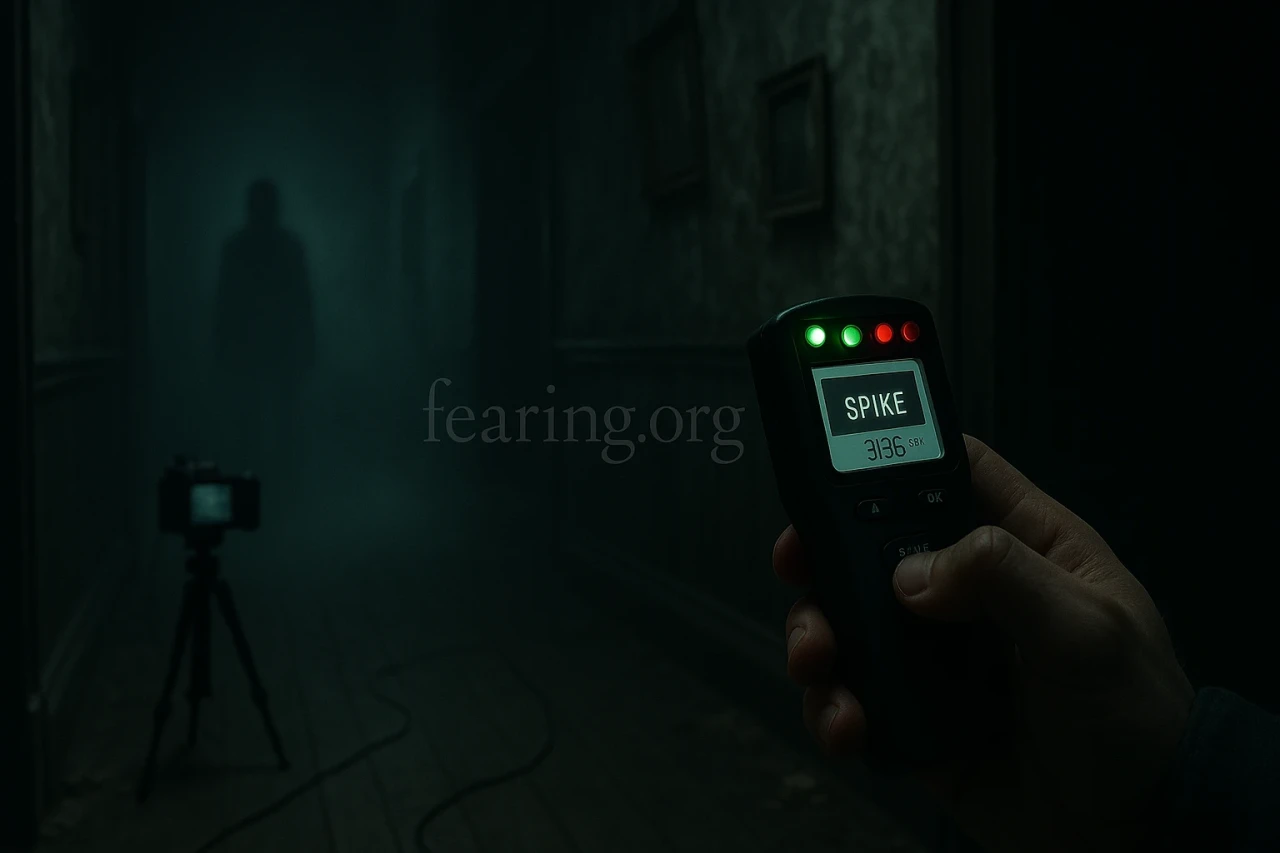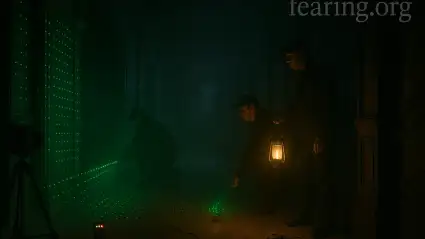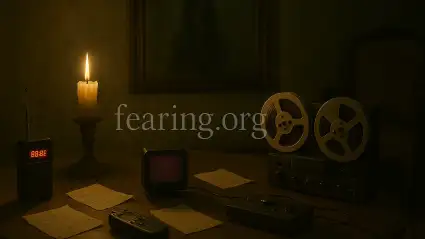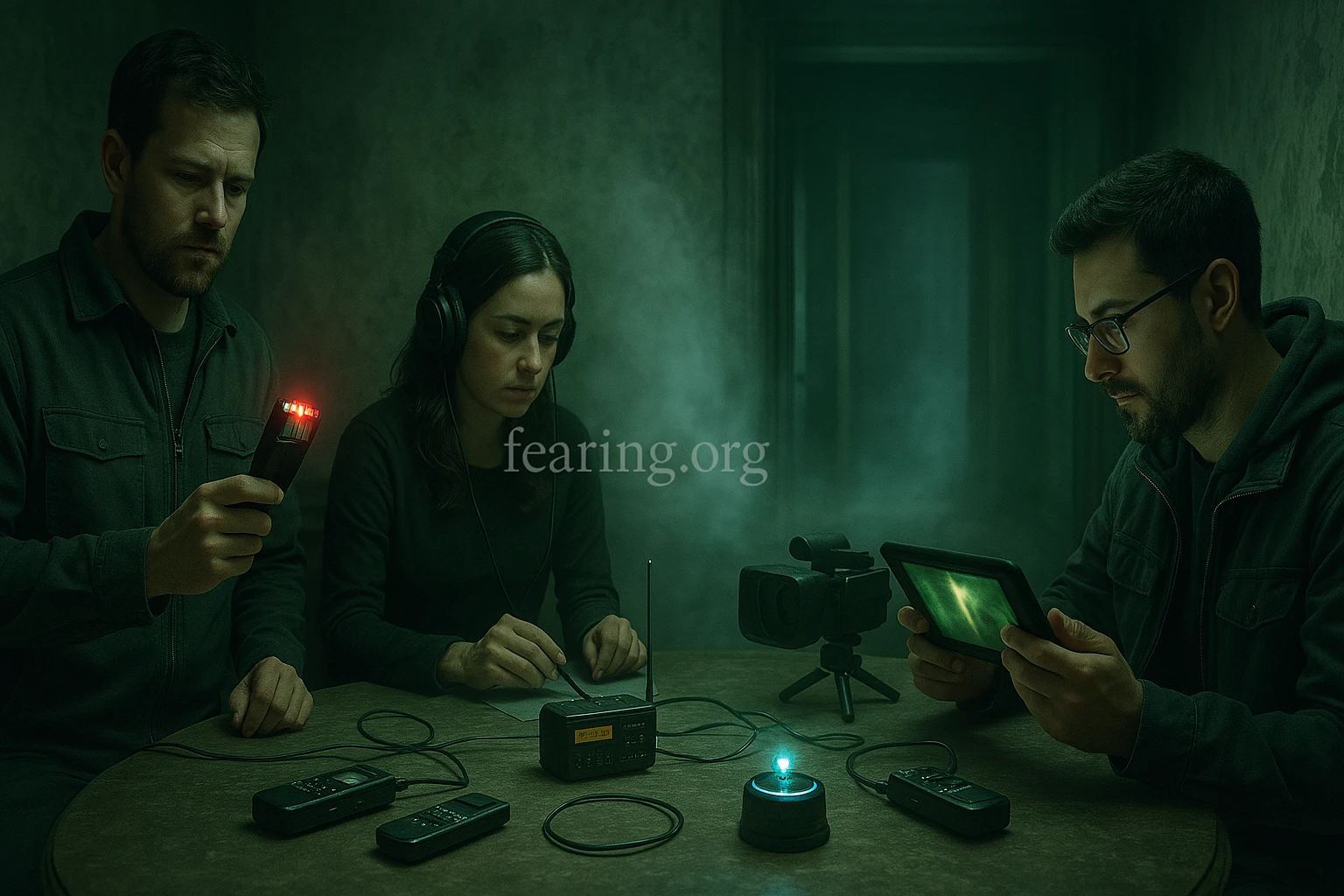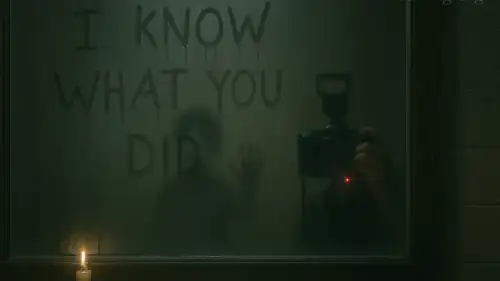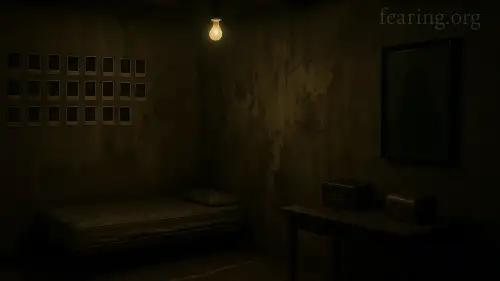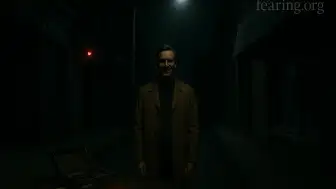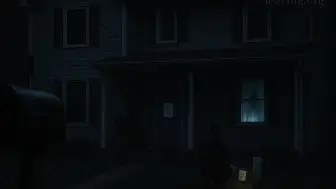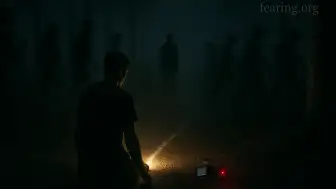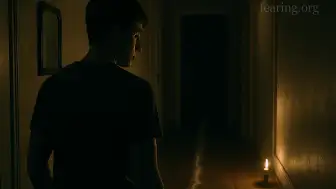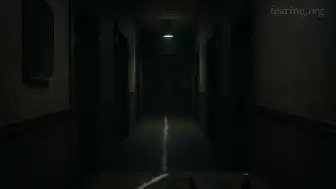EMF detectors have become a staple of modern ghost hunting, flashing lights and beeping alerts in countless paranormal TV shows, YouTube investigations, and late-night ghost tours. But do these devices truly sense spirits—or are they just reacting to something else entirely?
"The ghost may not knock. But the meter might blink."
In this investigation, we dig into the science and speculation behind EMF detectors and their role in the world of paranormal research.
⚡ What Is an EMF Detector?
EMF stands for Electromagnetic Field. These detectors measure changes in EM fields around them:
EMFs are naturally produced by electricity and magnetic activity
Common sources include wiring, appliances, mobile devices, and power lines
There are two types:
Single-axis detectors: more common, cheaper, less precise
Tri-axis detectors: more sensitive, better for accurate readings
Paranormal investigators use them to detect energy spikes that can’t be explained by known sources.
👻 Why Are EMFs Linked to Ghosts?
The theory goes like this:
Spirits manipulate energy to manifest or interact with the physical world
This may cause localized spikes in electromagnetic fields
Therefore, an EMF detector going off—especially in a place with no known EMF sources—could suggest paranormal activity
It’s not hard proof, but it’s often used in tandem with other phenomena (EVPs, cold spots, visual sightings).
"It’s not just about what the meter says. It’s about when, where, and what else is happening."
🛠️ How Investigators Use EMF Detectors
Establish a baseline EMF reading for the location
Walk through with detector in hand, watching for unusual spikes
Combine readings with voice recorders or video cameras
Ask questions aloud: if the EMF spikes in response, it’s considered an interaction
Some investigators use EMF-triggered REM pods, which light up and beep if the field changes.
🔬 What Does Science Say?
Most scientists are skeptical:
EMF spikes are common near electronics, fuse boxes, outlets, and wiring
Old buildings may have faulty electrical systems that trigger false positives
Some believe humans exposed to high EMF can experience hallucinations, dizziness, or feelings of being watched—thus creating the illusion of a haunting
So: the EMF meter might react to the environment—or the mind might react to the EMF.
🧠 The Psychology of the Blink
EMF detectors offer instant feedback, which is powerful in uncertain situations:
People assign meaning to blinks and beeps
When fear is high, even a small spike feels like confirmation
It’s called confirmation bias: we see what we expect—or hope—to see.
🎥 Real Cases Where EMF Was Key
The Myrtles Plantation: repeated EMF spikes during spirit communication sessions
Eastern State Penitentiary: investigators noted EMF changes that matched cold spots and whispers
The Queen Mary: EMF hotspots identified in areas with reported apparitions
These moments don’t prove ghosts—but they build a case when combined with other evidence.
🤔 So… Can EMF Detectors Detect Ghosts?
Short answer: not directly.
They detect changes in the electromagnetic environment
Unexplained spikes in “clean” areas may suggest something anomalous
But it’s not exclusive to spirits—there’s no EMF signature labeled "ghost"
That said, many paranormal teams swear by them. Not as proof—but as a compass pointing toward the strange.
EMF detectors don’t guarantee evidence. They offer a pulse—a subtle, blinking heartbeat in the dark. Whether that pulse belongs to faulty wiring or something unseen is up to the investigator.
Would you trust a machine to tell you you’re not alone? Or would you need to feel the cold air shift, hear the breath, or see the light flicker for yourself?
In the end, EMF detectors don’t see ghosts. But they might help you find where they’ve been.

